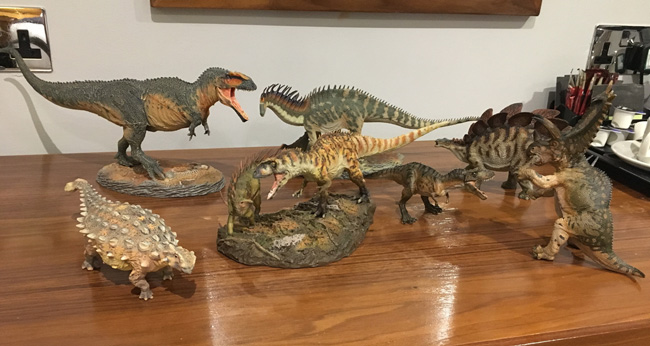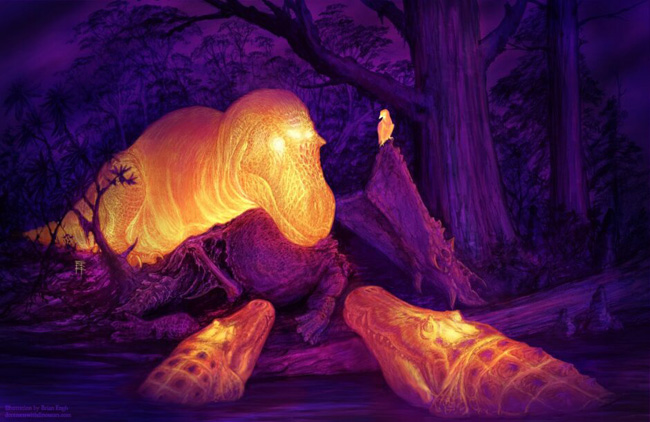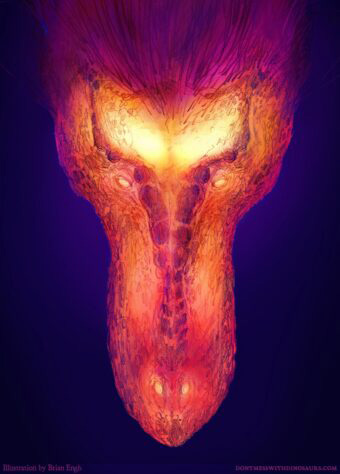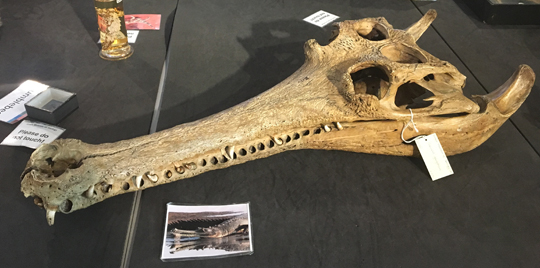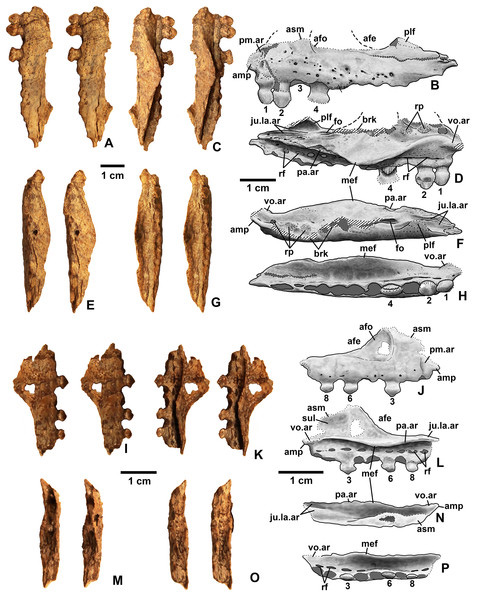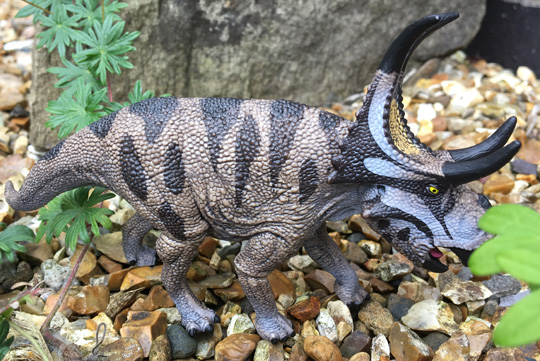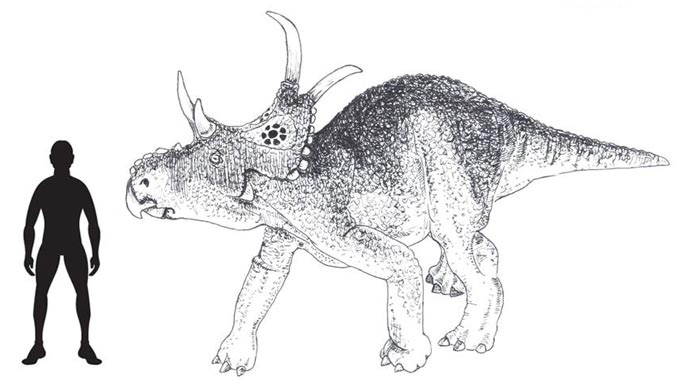A Special Dinosaur Delivery
A Special Dinosaur Delivery
Everything Dinosaur has lots of customers in South America. Sometimes some of our customers visit the UK and they request that if they are staying in the UK, could they order some prehistoric animal models and have Everything Dinosaur despatch them to a UK address such as a hotel or guest house. By doing this, model collectors can get their hands on the latest prehistoric animal models, without having to worry about international deliveries.
A Dinosaur Delivery
Andre is a case in point. He contacted Everything Dinosaur some months ago requesting that we reserve some up and coming, 2019 dinosaur models for him. He explained that he would be travelling to London in September and if possible, could we liaise with him so that his models could be delivered to the hotel where he was staying. Sure enough, our team members were happy to oblige, to set aside the models he wanted as they came into stock and then organise a courier delivery to his hotel.
Delighted with our customer service, Andre kindly sent in a picture of the latest additions to his model collection.
Another Successful Everything Dinosaur Delivery
Picture credit: Andre
Papo and PNSO Prehistoric Animal Models
In total, our team members organised the delivery of seven dinosaur figures from the Papo “les dinosaures” model range and the PNSO “Age of Dinosaurs” scale figures. We know that regular readers of our blog will be able to name all these replicas, but just for the record, here is the list of models that we sent out to Andre’s hotel.
- PNSO Lucas the Giganotosaurus 1:35 scale figure (back left).
- A PNSO Lucio the Amargasaurus 1:35 scale figure (back centre).
- The Papo new colour variant Stegosaurus model (back right).
- PNSO “Sede” the Ankylosaurus dinosaur model (front left).
- PNSO Dayong the Yangchuanosaurus and Xiaobei the Chungkingosaurus 1:35 scale model diorama (front centre).
- The Papo Gorgosaurus dinosaur model (front centre).
- The Papo Pentaceratops (front right).
Andre kindly emailed to let us know that his parcel had arrived, he stated:
“Everything perfectly delivered. Thank you very, very much for reserving them for me. These are the first PNSO models I got and they’re amazing!”
As model collectors ourselves we were happy to help out.
To view the Papo “les dinosaures” model range including the new Stegosaurus, Pentaceratops and Gorgosaurus models: Papo Prehistoric Animals and Dinosaurs.
For the PNSO “Age of Dinosaurs” model range: PNSO Age of Dinosaurs Model Range.
Take a look at Everything Dinosaur’s award-winning website: Our Website.


